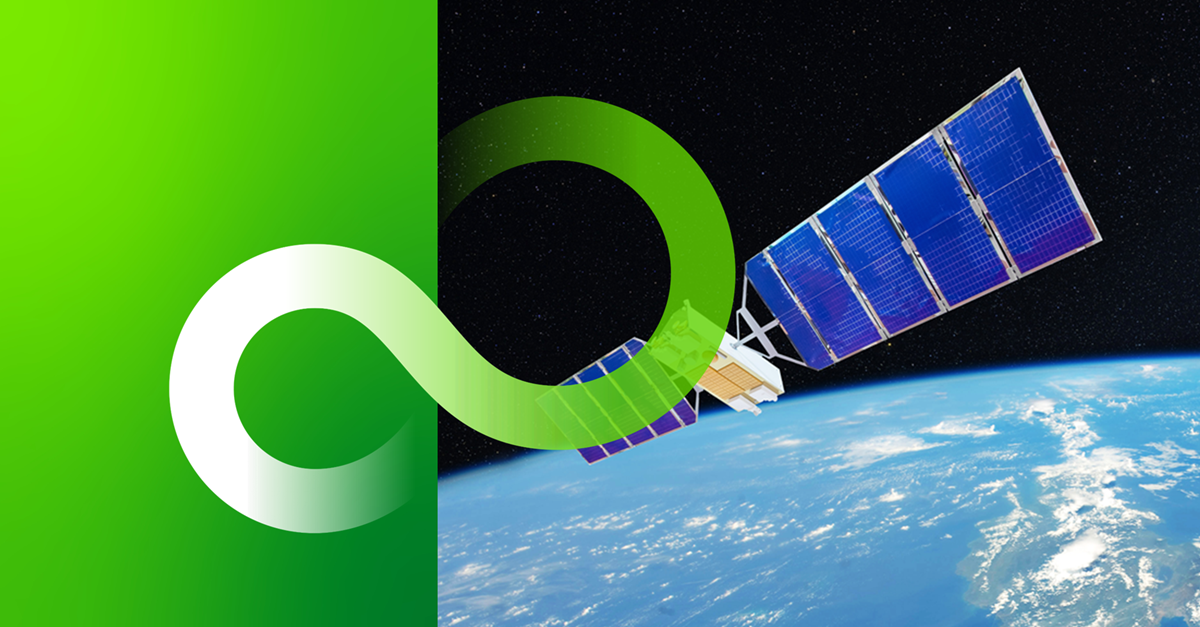Fujitsu Limited and Yamaguchi University today announced the successful development of a low-power edge computing technology that enables image processing on small satellites using redundant GPUs within 10 minutes (near real time). This innovative technology is designed for low-Earth orbit Synthetic Aperture Radar (SAR) satellites, which illuminate the Earth’s surface with microwaves and receive reflected waves to create two-dimensional images.
The new system offers high fault tolerance against cosmic radiation and operates efficiently within the typical 20W power constraints of small satellites. It can process data, including error detection and reprocessing, within approximately 10 minutes. Validated with raw SAR data on a satellite prototype, the technology successfully performed both L1 [1] (raw data to 2D image) and L2 [2] (image to observed quantity) processing, accurately determining ocean surface wind speeds. This versatile technology is also applicable to optical and multi-hyperspectral satellites.
Fujitsu plans to release the developed programming environment, Fujitsu Research Soft Error Radiation Armor, to users in Japan in February 2026.
Moving forward, Fujitsu and Yamaguchi University will continue to refine correction data accuracy. Fujitsu aims to advance services and operations by enabling near real-time AI processing on satellites, realizing previously unfeasible applications. This will involve in-orbit validation on actual satellites to promote user-friendly data processing systems across various satellite types.
